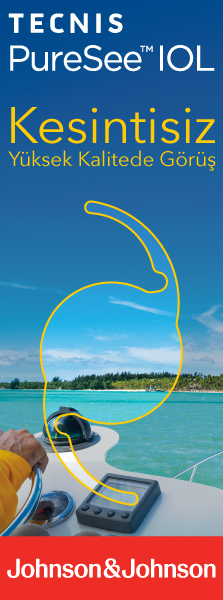Materials and Methods: A retrospective, cross-sectional comparative study. Thirty-two patients with PES undergone cataract surgery and 32 age- and sex-matched healthy controls were included. Complete blood count parameters of all participants were analyzed. Neutrophil-to-lymphocyte ratio (NLR) and SII levels were compared. Receiver operating characteristic (ROC) analysis was also performed to calculate the sensitivity and specificity, and the optimal cut-off values of SII and NLR.
Results: The mean age was 71.38 ± 6.64 years (54-80) in the patient group and 70.41 ± 7.11 (59-87) years in the control group. NLR (p = 0.043) and SII (p = 0.006) levels were significantly higher in the PES group. There was no difference in other hematological parameters between groups (p > 0.05). SII was slightly more predictive than NLR in the diagnosis of PES. While the optimal cut-off value of NLR was >2.12 with 59.6% sensitivity and 59.4% specificity (p=0.043), the optimal cut-off value of SII was >566 with 62.5% sensitivity and 59.4% specificity (p=0.019).
Conclusions: In patients with PES, NLR and SII, known as markers of systemic inflammation, were significantly higher, but the predictive capacity of SII was found to be slightly better than NLR. As a cheap, easy and reliable test, SII can be used in the diagnosis and follow-up of PES.
Keywords : Pseudoexfoliation syndrome, neutrophile-to- lymphocyte ratio, systemic inflammation, systemic immune-inflammation index, local inflammation




